Laocoön And His Sons
Italian Bronze Group After Agesander, Polydorus And Anthenodorus
Late 18Th Century
“The Greatest Piece Of Art In The World.”
– Michelangelo, Italian Sculptor, Painter, Architect And Engineer
The Laocoön Marble Sculpture After Which This Remarkable Bronze Was Modeled Unquestionably Influenced The Lives And Works Of Countless Artists, Authors, Popes, Kings And Emperors Since It Was First Discovered In The Early 16Th Century. Incredibly Important To The History Of Art, This Extraordinary Work And Its Handful Of Replicas Are Prominently Displayed In The Most Prestigious Museums Around The World, From The Vatican To The J. Paul Getty. Beautifully Crafted, The Present Bronze Displays All Of The Dynamic Artistry And Poignant Expression For Which The Original Is So Celebrated.
The Story Of Laocoön Is One Of The Most Famous In All Of Literature. Described By Virgil In His Epic Poem The Aeneid, It Is The Iconic Tale Of The Famous Trojan Horse. After An Unsuccessful Ten-Year Siege Of The City Of Troy, The Greeks Craftily Left A Giant Wooden Horse Outside The Gates Of The City With A Small Greek Contingency Hidden Inside. A Cunning Greek Soldier Named Sinon Was Left To Explain This Unusual Gift. Laocoön, The Trojan High Priest Who Questioned Sinon, Was Not Persuaded And Began To Warn The People Of Troy. According To Virgil, The Goddess Minerva, Eager To Protect Her Greeks, Immediately Sent Two Sea Serpents To Kill Laocoön And His Twin Sons Before They Could Warn More Trojans Of The Deception. This Bronze Sculpture Depicts This Epic Moment In All Of Its Dramatic Glory.
The Original Marble Was Carved Circa 35 Bc By Three Sculptors From The Island Of Rhodes And Eventually Came To Reside In The Palace Of The Emperor Titus. It Was Discovered And Excavated In 1506, Immediately Becoming The Most Famous Work Of Art In The Western World. Pope Julius Ii Was So Enthralled By It That He Not Only Purchased It For His Collection, But Also Paraded It Through The Streets Of Rome. Michelangelo Himself Was Awed And Heavily Influenced By This Great Work. His Sculpture The Dying Slave, Now In The Louvre, And His Amazing Marble Moses Were Directly Influenced By The Classical Sculpture. Titian, Caravaggio And Rubens Also All Borrowed From The Masterpiece, And Acclaimed Authors From Dante To Dickens Took Inspiration From This Important Work. Because It So Perfectly Captures The Desperate Struggle Of All Its Figures, It Is Considered By Most Art Historians To Be The Greatest Sculpture Conveying Movement Ever Created.
There Are Just A Handful Of Laocoön Marbles And Bronzes Known, Most Of Which Are Housed In Important Museum Collections Across The Globe. The Uffizi Museum, Vatican Museum, Hermitage And Famed Sledmere House All Boast Large-Scale Marble Versions. Smaller Bronze Versions Such As This One Are Represented In The Louvre, The Victoria &Amp; Albert Museum And The J. Paul Getty Museum.
Late 18Th/Early 19Th Century
32” High X 25 1/4” Wide X 9 3/4” Deep
Sale!
Fine Art M.S. Rau | Laocoon And His Sons Bronze
$87.00



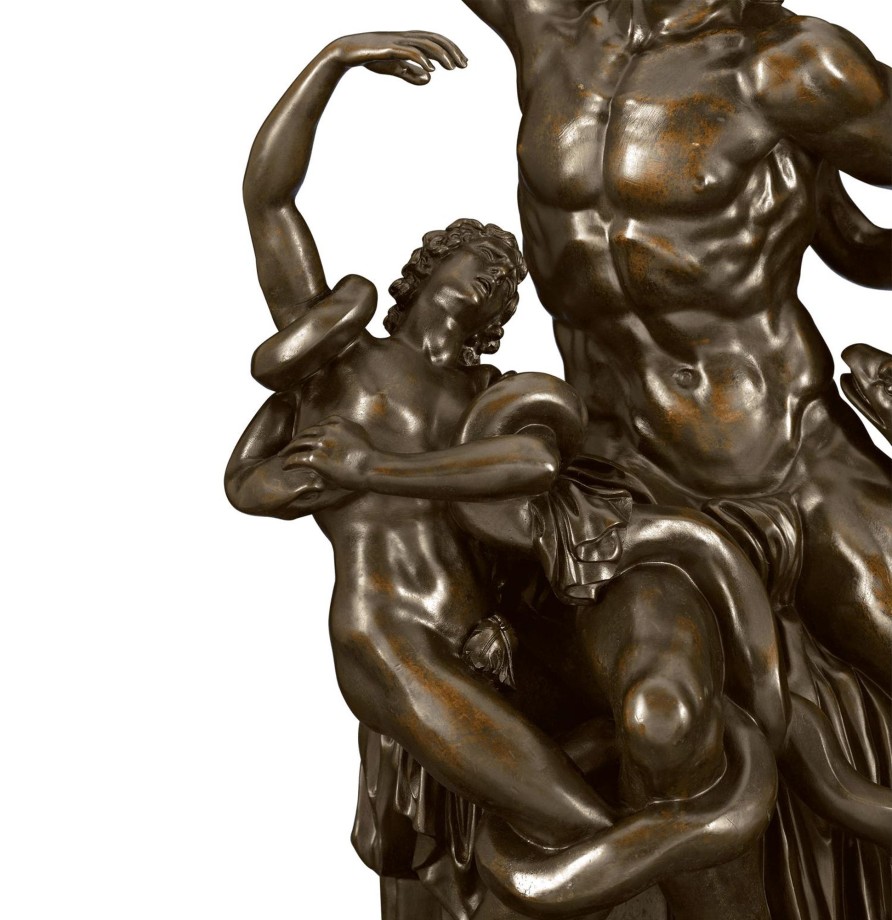
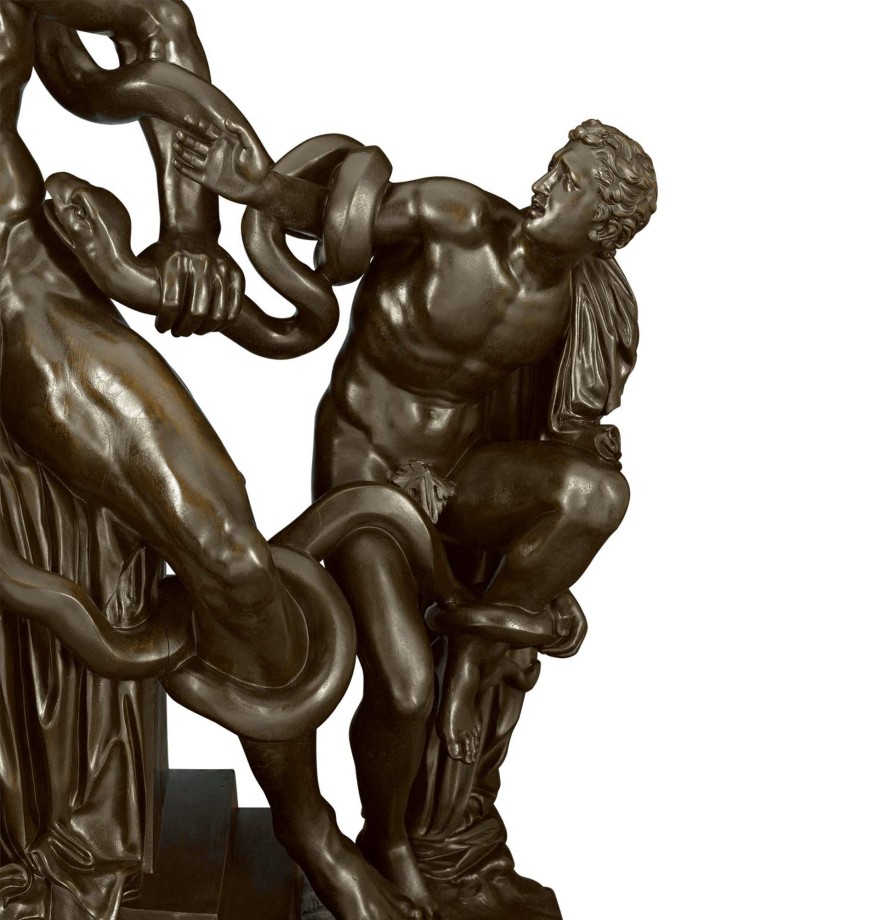

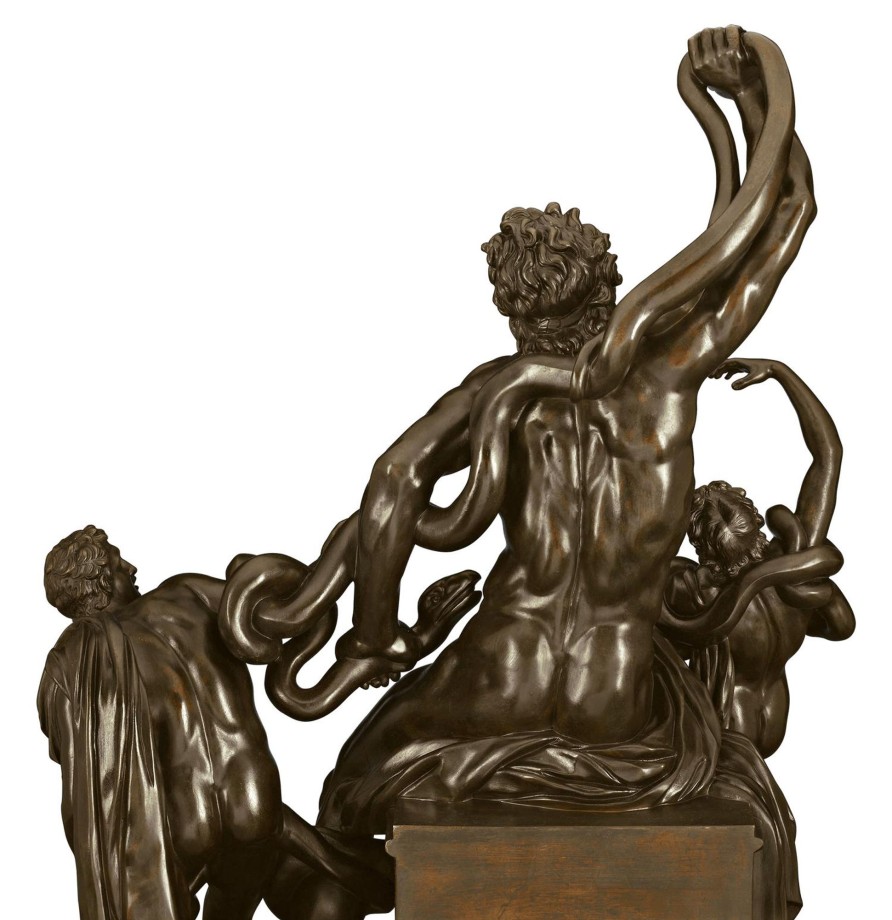
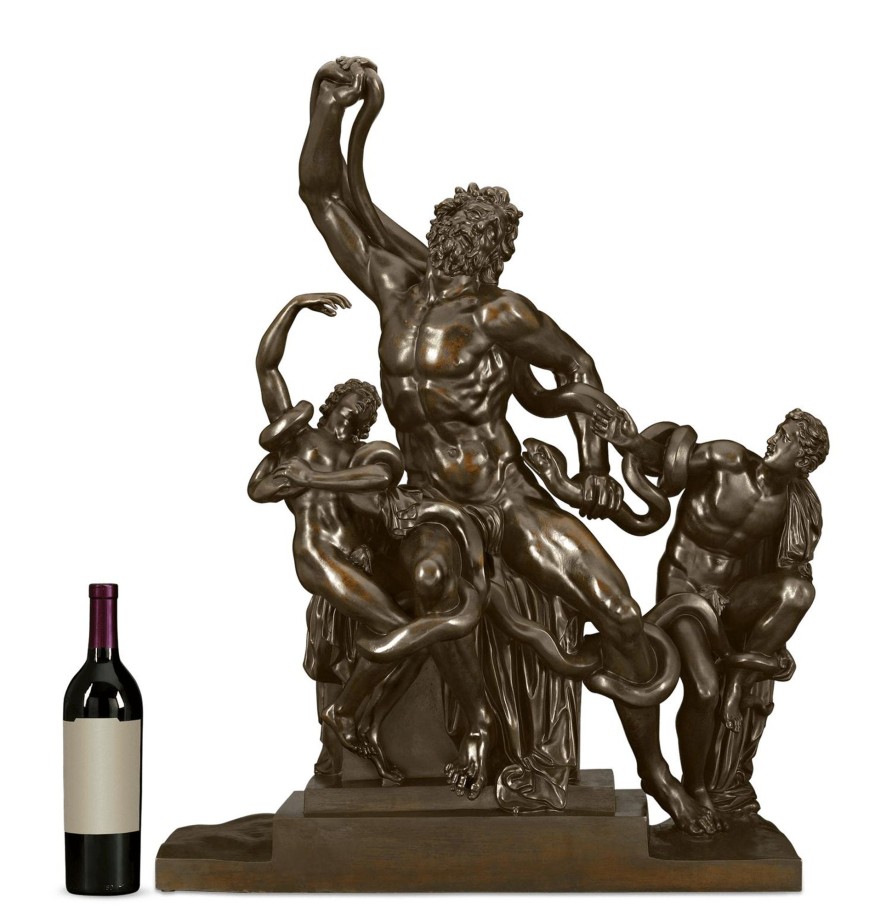
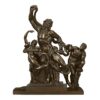
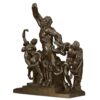

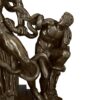
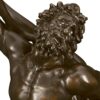

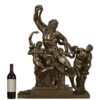

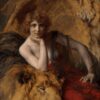
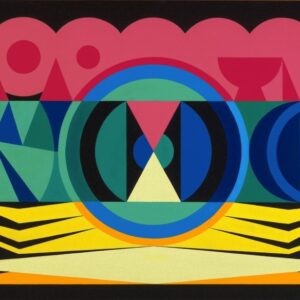
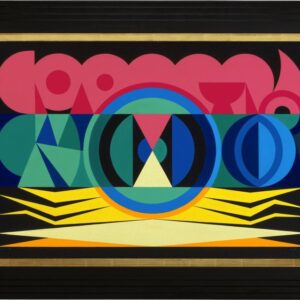
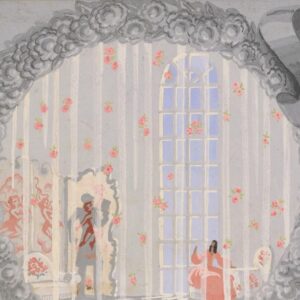

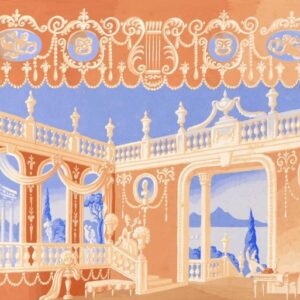
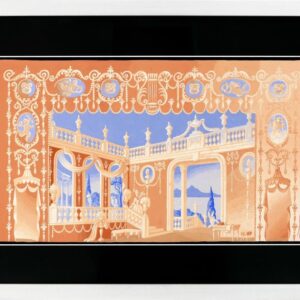
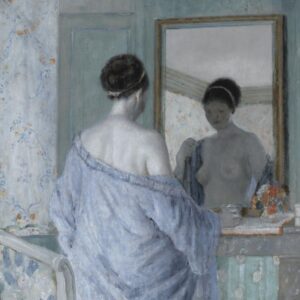
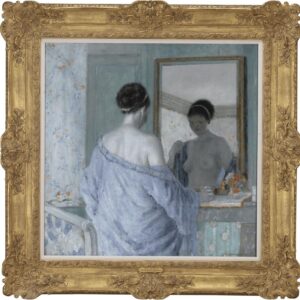
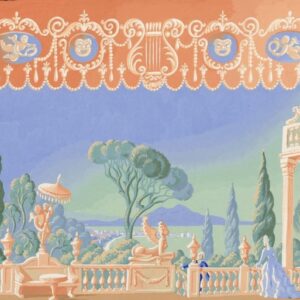
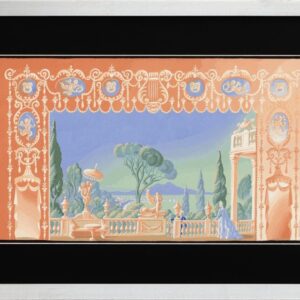
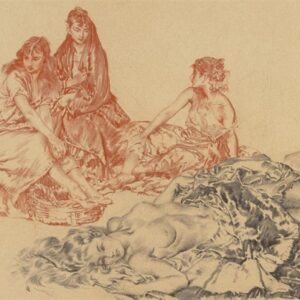
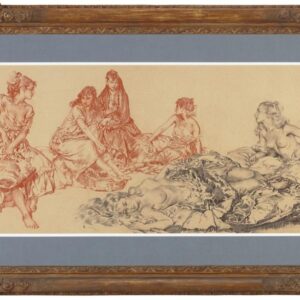
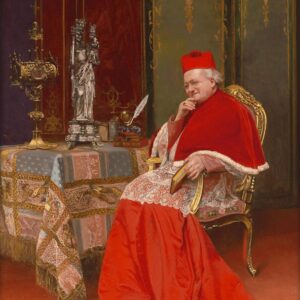
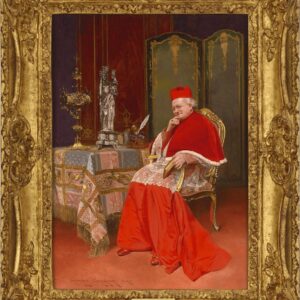
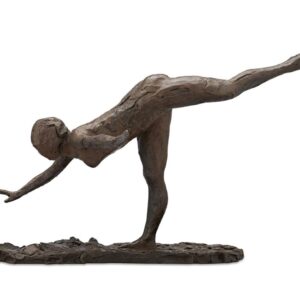
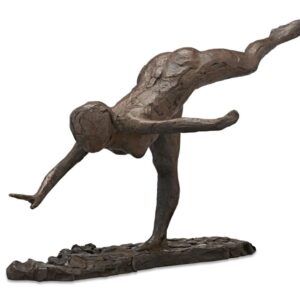
Reviews
There are no reviews yet.